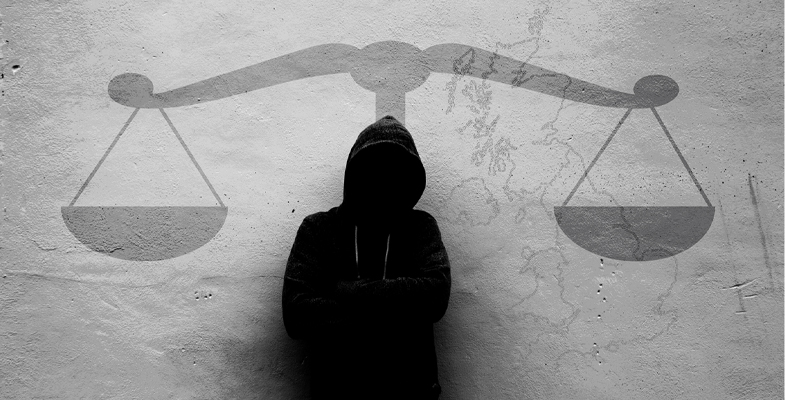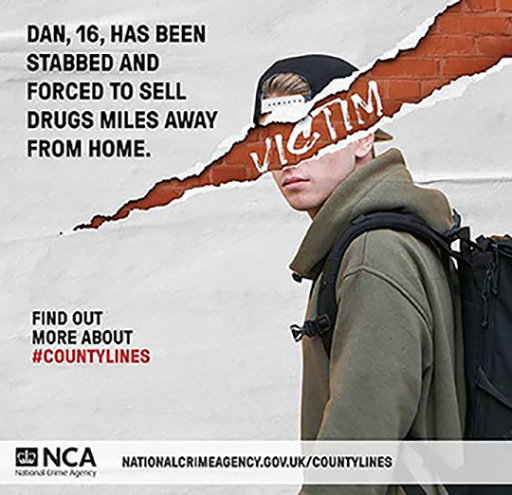4 Drugs, knives, county lines and fast lanes
The term ‘county lines’ has become familiar to those in youth justice and other professions, as well as to volunteers who work with young people. It refers to the way people involved in dealing illegal drugs, sometimes in organised gangs, expand their operations from the centres of big cities to smaller towns. Dedicated mobile telephone lines may be used to organise a network of longer supply chains that go beyond the conventional city limits of the established dealer.
Delivery and distribution sometimes involve exploiting young people, especially those who are vulnerable and exposed in the care system. These young people may be subject to ‘grooming’ techniques involving cash or other material rewards. ‘Benefits’ in terms of prestige among a peer group and access to particular lifestyles are pushed by the organising groups, who are often older individuals and never operating in the best interests of the child.
As with other types of illicit activity, the county lines phenomenon has developed its own distinctive vocabulary of words and phrases. The next activity introduces you to some of the terminology associated with ‘county lines’.
Activity 5 Know the right words
Drag the correct definition to match the terminology associated with ‘county lines’.
Using the following two lists, match each numbered item with the correct letter.
Cuckooing
Going county
Trapping
Trap house
a.The slang term for the transactions, dealing or distribution of drugs to the town or in the town.
b.This term is used when drug gangs take over the home of a vulnerable person to use their house or flat as the base for their drug operation. The gangs exploit the person’s vulnerabilities using violence and intimidation or some other form of manipulation.
c.A building or flat used as the base for the county lines operation in a town or city. Drugs may be bought and sold there, manufactured or packaged or distributed to the network of sellers.
d.The general term that covers the county lines activity. It refers to anything involved in establishing the county line, such as travelling to the towns or around them and the manufacture or packaging of drugs.
- 1 = b
- 2 = d
- 3 = a
- 4 = c
Discussion
Dealing drugs and taking drugs has long been recognised to generate its own terminology. In some cases, it is like a secret language, the use of which signals membership or affiliation. More commonly, the connections between underground drug ‘business’ and other forms of popular sub-culture mean the words move quite rapidly into the mainstream.
Drugs, crime and young people are commonly linked but some of the social relations that connect them are often forged in other places such as Parliament. This is what is explored in the final section of this session.

